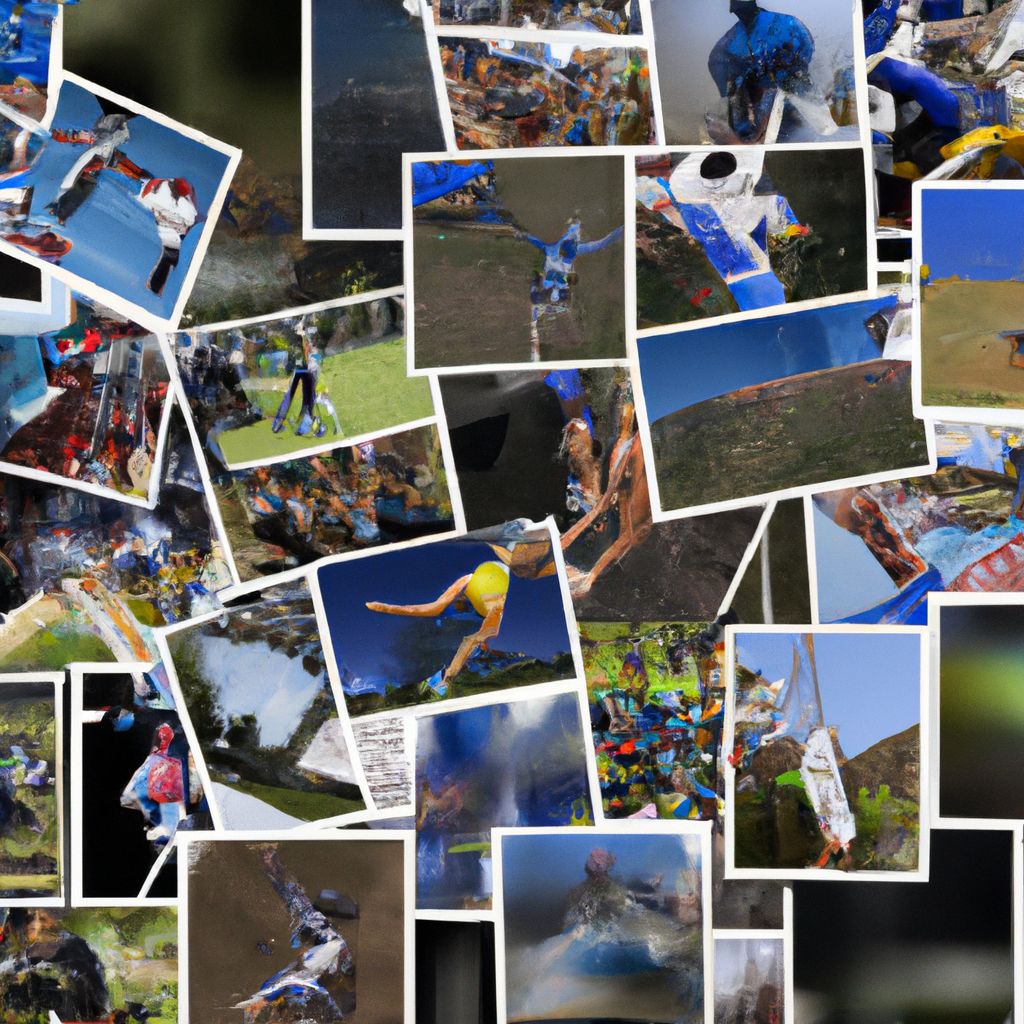Are you passionate about sports and photography? Do you want to capture the rush of the game and the peak moments of action in your photos? If so, you've come to the right place. In this blog, we'll dive deep into the world of sports photography, exploring essential tips and tricks to help you capture the action like a pro.
Understanding the Basics
Sports photography is all about timing, precision, and technique. It's an art that requires a good understanding of the game, quick decision-making abilities, and a keen eye for detail. Here are some basics you need to know:
- Know the Sport: Understanding the sport you're shooting is crucial. It helps anticipate key moments and position yourself correctly.
- Equipment: You don't need the most expensive gear, but a DSLR or mirrorless camera with a fast lens (f/2.8 aperture) would be ideal. A monopod can also be beneficial for stability.
- Settings: Use a fast shutter speed to freeze action, switch to continuous focus mode, and consider shooting in burst mode for rapid sequences.

Mastering Shutter Speed
An essential aspect of sports photography is mastering shutter speed. Fast shutter speeds often freeze the action, providing a crisp, clear image. A speed of 1/1000th of a second is a good starting point, but you may need to adjust depending on the speed of the action. Remember, a faster shutter speed requires more light, so adjust your ISO or aperture as needed.
Using Different Angles
Don't just stick to one angle, move around and experiment. Low angles can make athletes appear more powerful, while high angles can provide a comprehensive view of the action. Try to capture emotions and reactions, not just the gameplay.
“In sports photography, it's not about capturing the ball in the frame; it's about capturing the emotion and intensity of the game.” - Renowned Sports Photographer
The Role of Lighting
Lighting plays a significant role in sports photography. Natural light is your best friend. Morning and late afternoon light can provide stunning images. However, if you're shooting indoors or at night, you might have to deal with artificial lighting. Here, a fast lens and high ISO can help.
Conclusion
Sports photography is a challenging yet rewarding field. With these tips and tricks, you're now better equipped to capture the action. Remember, practice makes perfect. So, get out there, start shooting, and let your photos tell the story of the game.
Stay tuned for more tips on photography and other related topics. Feel free to share your sports photography experiences in the comments below.
Tweet: "Sports photography is about capturing the moments that make the game memorable. Keep shooting, keep learning. #SportsPhotography #PhotographyTips"

